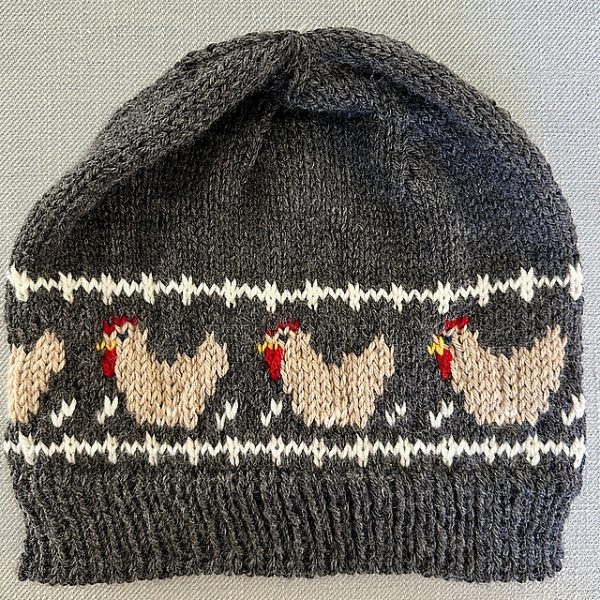When I was learning how to knit, my mom would always cast on for me. I don’t actually remember learning how to cast on when I was a kid, so I don’t know if I ever knew how to do it myself until I was older and re-learning.
It’s understandable to want to skip that part when you’re teaching someone how to knit. Casting on isn’t that exciting, it doesn’t feel like knitting and it can be confusing (especially if you’re trying to teach the long tail cast on to someone who has never knit before).
But not teaching a cast on means you can’t start a knitting project unless you have a knitter with you. Which is fine if you’re teaching someone in your household, but not so great if you’re teaching a coworker, friend, random person who won’t have access to you whenever they need a cast on.
So whenever I teach people how to knit I always start with the knit cast on.
It’s pretty quick and easy to learn and it’s basically teaching you how to work a knit stitch, so once you’re comfortable with the cast on you’ve learned what you need to know to start knitting.
Also because it’s based on the knit stitch it’s easy for new knitters to remember how to do it as long as they remember how to form the knit stitch.
And while many knitters move on from this basic cast on to do others later on, this is a cast on you can always use. It’s slower than the long tail cast on (once you get the hang of long tail) but you don’t have to have a long tail to do the knit cast on, just a slip knot.
This also makes it a solid choice if you’re casting on stitches at the end of a row, because you can just work from the last stitch and add as many as you need. It makes a nice, sturdy cast on that looks nice, and it gives new knitters confidence because it makes learning how to knit look easy once they’ve gotten the hang of the cast on.
I recently made this video showing how to do it, in case you need a refresher or are teaching someone else how to knit.
[youtube https://www.youtube.com/watch?v=bTOfSTMVp2Q]
Do you ever use the knit cast on? Did you learn this way? I’d love to hear about it!
 It’s well known (among knitters, anyway) that knitters seem to love chickens as a motif and a subject of our knitting projects. The Emotional Support Chicken and all the other
It’s well known (among knitters, anyway) that knitters seem to love chickens as a motif and a subject of our knitting projects. The Emotional Support Chicken and all the other